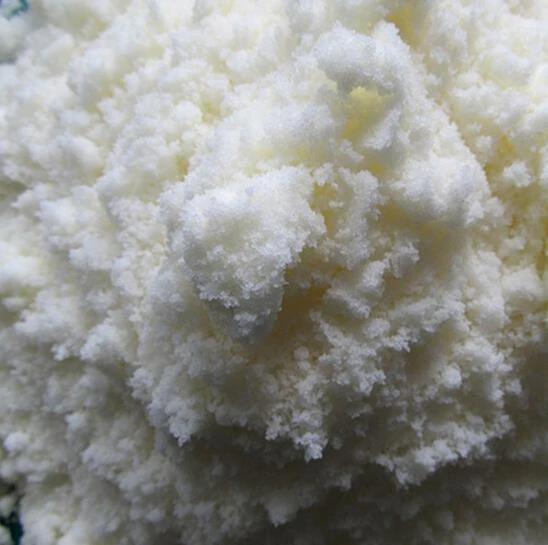



Bleaching Powder Use in Water Disinfection for Effective Purification Techniques
Bleaching Powder for Water Disinfection An Overview
Water is an essential resource for life, yet access to clean and safe drinking water remains a challenge in many parts of the world. One effective and widely used method for water disinfection is the application of bleaching powder, also known as calcium hypochlorite (Ca(OCl)₂). This chemical compound plays a significant role in ensuring that water is safe for human consumption and free from pathogens.
What is Bleaching Powder?
Bleaching powder is a white powder with a strong chlorine odor, primarily composed of calcium hypochlorite. It is a powerful oxidizing agent used not only for bleaching purposes but also for disinfection and water treatment. The chemical formula of bleaching powder indicates that it is a compound of calcium, chlorine, and oxygen, making it effective at killing bacteria, viruses, and other harmful microorganisms present in water.
Mechanism of Action
The disinfection process involves the release of chlorine when bleaching powder is dissolved in water. The chlorine acts as a potent microorganism killer. When microorganisms come into contact with chlorine, the chemical disrupts their cellular processes, leading to cell lysis and death. This makes bleaching powder an effective solution for purifying drinking water, especially in areas lacking advanced water treatment facilities.
Advantages of Using Bleaching Powder
1. Cost-Effectiveness Bleaching powder is relatively inexpensive compared to other disinfection methods. Its low cost makes it accessible in developing countries where financial resources for water treatment are limited.
2. Effectiveness Against a Wide Range of Pathogens Bleaching powder is effective against various pathogens, including bacteria, viruses, and protozoa. Its broad-spectrum efficacy is crucial in preventing waterborne diseases such as cholera, typhoid fever, and dysentery.
3. Stability and Storage Bleaching powder is stable under proper storage conditions, making it a practical choice for emergency water treatment. It has a long shelf life, allowing communities to stockpile it for times of need.
bleaching powder for water disinfection

4. Ease of Use The application of bleaching powder is straightforward and does not require complex equipment or advanced training. This simplicity allows community members to participate in local water treatment efforts effectively.
Limitations and Precautions
Despite its advantages, there are limitations and precautions associated with the use of bleaching powder. One major concern is the formation of by-products, such as trihalomethanes (THMs), which can result from the reaction between chlorine and organic matter in the water. Prolonged exposure to these by-products can pose health risks. Therefore, it is essential to manage the dosage carefully and conduct regular water quality testing.
Moreover, excessive levels of chlorine can cause health issues, including respiratory problems and skin irritations. To mitigate these risks, it is crucial to adhere to recommended dosages and guidelines set by health organizations, such as the World Health Organization (WHO).
Application in Various Contexts
Bleaching powder is extensively used in various settings, including rural areas, communities in developing countries, and emergency response scenarios following natural disasters. In rural areas with limited access to clean water, local governments and NGOs often distribute bleaching powder to treat water at the household level. This practice has proven effective in dramatically reducing the incidence of waterborne diseases.
In addition to household applications, bleaching powder is also used in larger-scale water treatment plants to ensure the safety of municipal water supplies. Its use in emergency situations, such as flooding or outbreaks of waterborne diseases, demonstrates its critical role in protecting public health.
Conclusion
In summary, bleaching powder is an essential tool for water disinfection, offering a cost-effective, reliable, and efficient means to ensure safe drinking water. While it presents some limitations, the benefits far outweigh the drawbacks, particularly when proper procedures are followed. As the global population continues to grow and urbanization accelerates, addressing the need for safe drinking water remains a top priority. The continued use and promotion of bleaching powder, combined with education and awareness programs, can contribute significantly to the public health landscape. By ensuring access to clean water, we take vital steps toward improving health outcomes and quality of life for communities worldwide.
-
Why Sodium Persulfate Is Everywhere NowNewsJul.07,2025
-
Why Polyacrylamide Is in High DemandNewsJul.07,2025
-
Understanding Paint Chemicals and Their ApplicationsNewsJul.07,2025
-
Smart Use Of Mining ChemicalsNewsJul.07,2025
-
Practical Uses of Potassium MonopersulfateNewsJul.07,2025
-
Agrochemicals In Real FarmingNewsJul.07,2025
-
Sodium Chlorite Hot UsesNewsJul.01,2025










